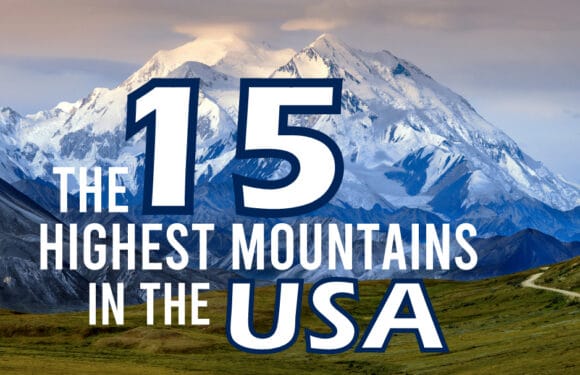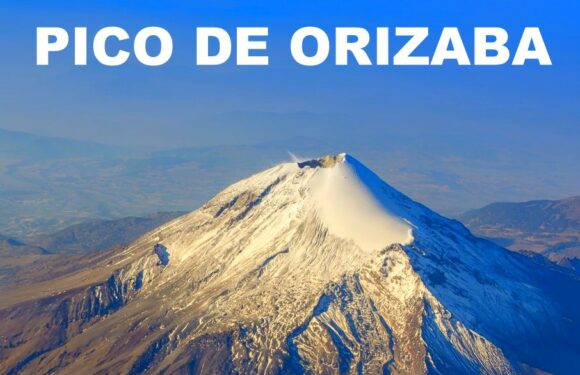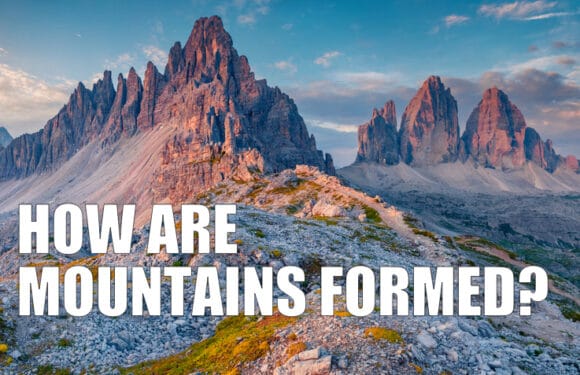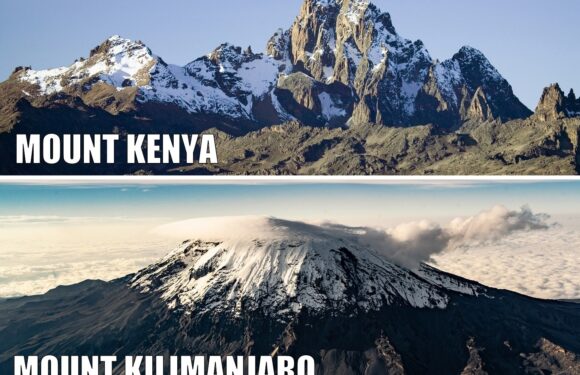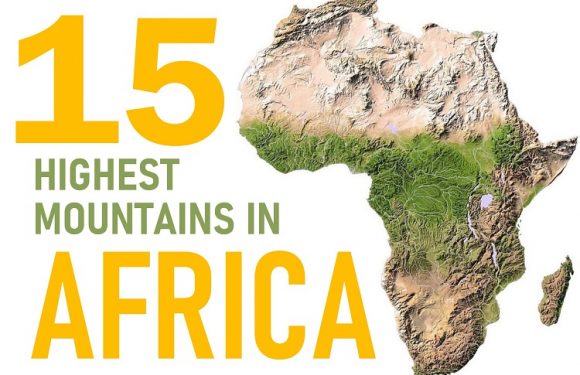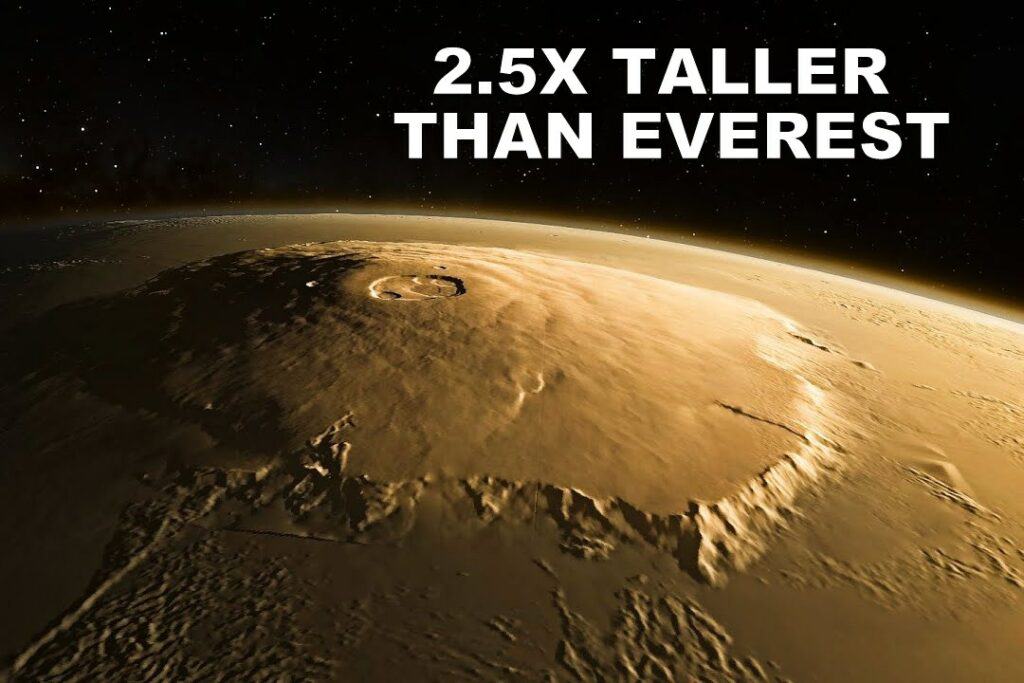
On the Martian surface lies Olympus Mons—the largest mountain in the solar system.
This colossal volcano is a result of the dynamic and tumultuous geological processes that have shaped Mars over billions of years. Its discovery and exploration have expanded our understanding of the Red Planet and challenged our perceptions of planetary geology.
What would it be like to climb the highest mountain in the solar system?
How Tall is Olympus Mons?
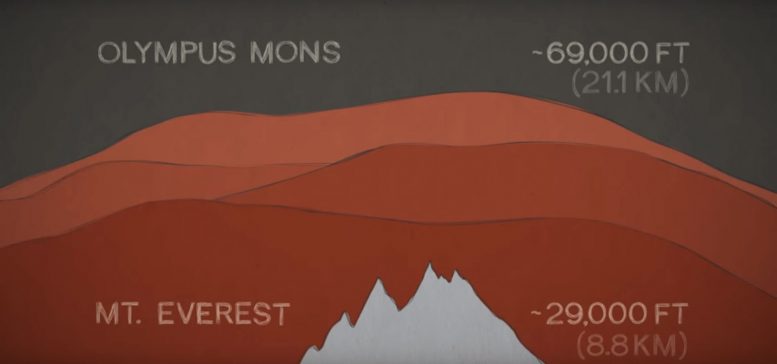
Olympus Mons is approximately 72,000 feet (22,000 meters) tall. It rises 13.6 miles (22.9 kilometers) above the Martian surface.
Its summit is marked by a caldera, a large depression formed by volcanic activity, spanning 50 miles (80 kilometers) wide. The mountain’s slopes are gentle, but its sheer size is so vast that, were you to stand on its base, the summit would extend beyond the horizon.
Olympus Mons is approximately 2.5 times taller than Mount Everest.
When compared to Earth’s highest peak, Olympus Mons truly is in a league of its own. Mount Everest’s height is just 40% that of Olympus Mons, at 29,032 feet (8,849 meters) tall, or 5.5 miles (8.8 kilometers) above sea level. Even across the solar system, while other mountains on Venus and the icy volcanoes on moons like Io present their own wonders, none match the sheer size and grandeur of Olympus Mons.
How Was Olympus Mons Formed?
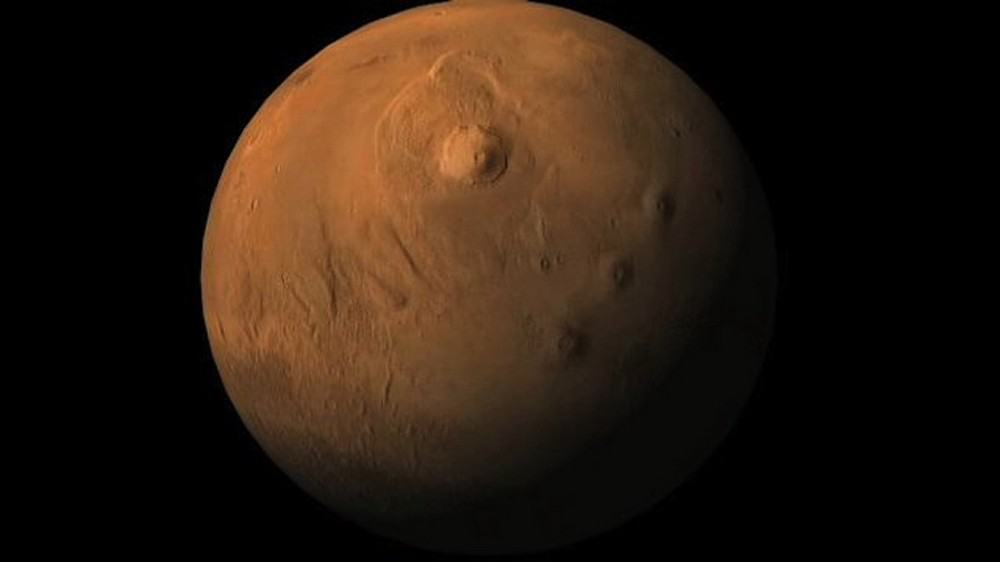
Olympus Mons is a shield volcano, similar to those found in Hawaii, but on a scale that Earth cannot match.
Its origin is rooted in the progressive effects of stationary lava accumulation. Unlike Earth, where the movement of tectonic plates disperses volcanic activity across various locations, Mars lacks such plate tectonics. This absence means that volcanic eruptions on Mars tend to occur repeatedly in the same spot. Over countless eruptions, lava flows stack atop one another, gradually building the monumental structure.
The formation of Olympus Mons is indicative of the larger processes at work beneath the planet’s crust. The presence of such a massive volcano implies that there is a sizable mantle plume (hot, almost liquid rock) under it that enables the volcano to keep growing.
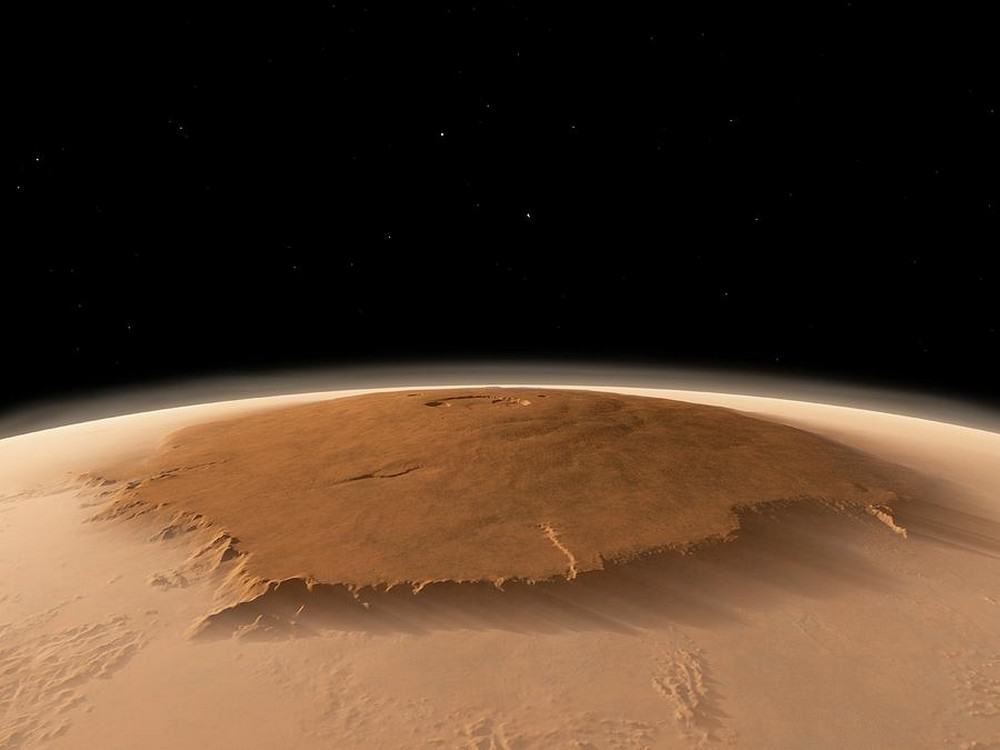
Martian lava is relatively fluid. This fluidity allowed the lava to spread over vast distances before solidifying, creating the broad, gently sloping shield characteristic of Olympus Mons. The extensive lava flows contributed to the volcano’s sprawling base, which measures about 373 miles (600 kilometers) in diameter, making it not only the tallest but also one of the largest volcanoes by area in the solar system.
The summit caldera consists of several overlapping pits. These pits were created by different eruptive phases. As the volcano’s activity waned and surged, the summit collapsed and rebuilt in cycles of growth that shaped the caldera we observe today.
How Was Olympus Mons Discovered?
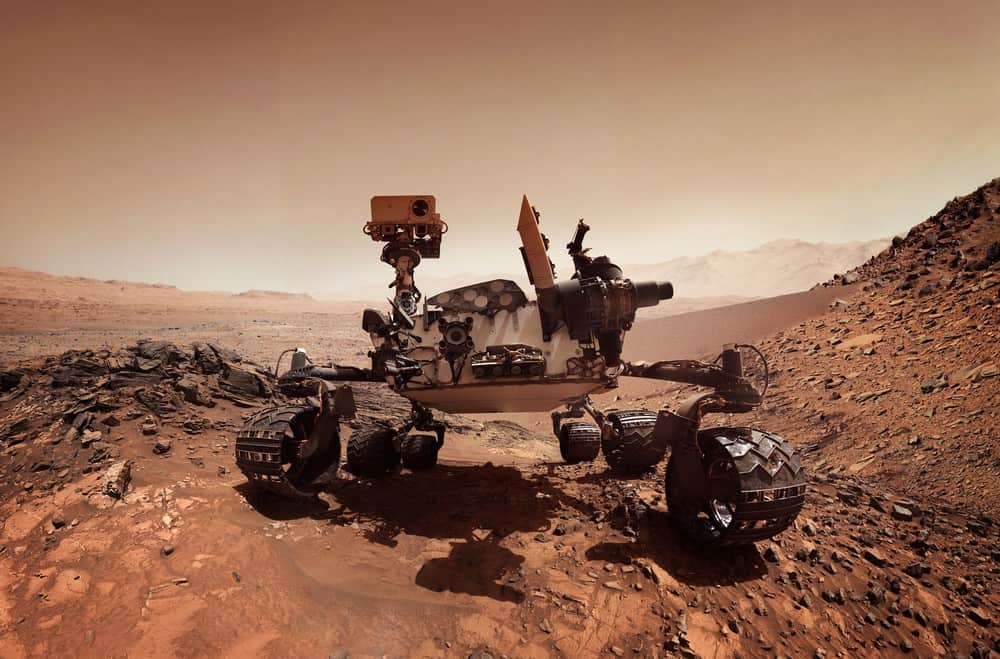
Telescopic observations of Olympus Mons from Earth were made in the 19th century. Yet it wasn’t until the era of space exploration that its true nature was unveiled. Mariner 9, the first spacecraft to orbit another planet, provided the first detailed images in 1971, revealing a mountain that dwarfed all others in the solar system.
The exploration of Olympus Mons is far from complete. Current and future missions to Mars, including orbiters and rovers, continue to study this and other volcanic features. The prospect of human missions to Mars introduces the tantalizing possibility of scientists standing on the slopes of Olympus Mons, conducting research firsthand. It is wild to think that one day humans might be able to summit the tallest mountain in the solar system!
What’s it Like to Climb Olympus Mons?
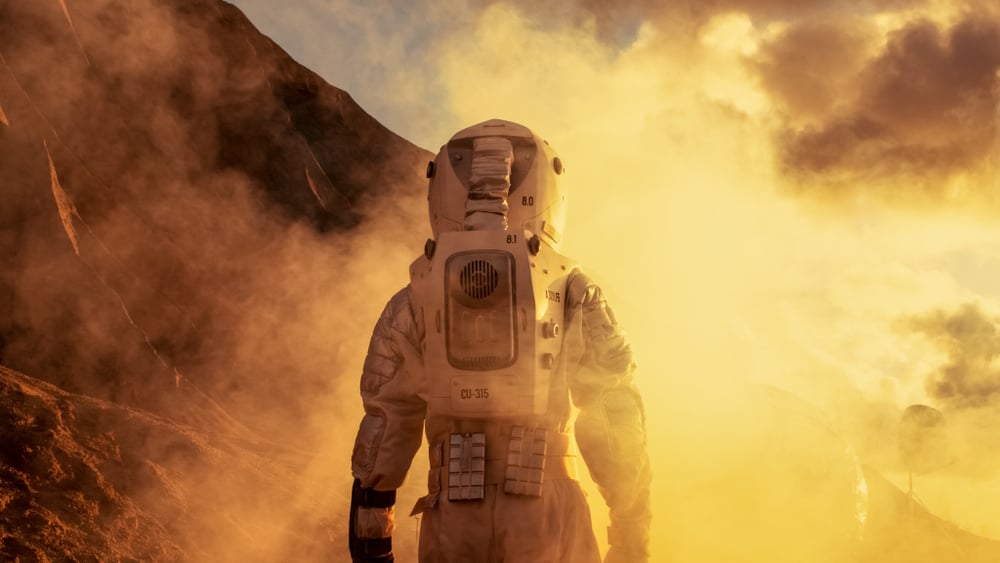
Mars offers an environment vastly different from anything on Earth.
To climb Olympus Mons, first you’d need oxygen. Over 95% of the Martian atmosphere is carbon dioxide (CO2), with only trace amounts of oxygen. Therefore, the air is unbreathable. You would be required to carry your own oxygen supply.
The Martian atmosphere is exceedingly thin—about 100 times less dense than Earth’s. This scarcity of air means you’d face extreme cold, with temperatures at the summit potentially dropping to -112 degrees Fahrenheit (-80 degrees Celsius). The lack of air also contributes to massive dust storms that envelop the entire planet. Once dust particles are lifted by relatively mild winds, they can stay suspended for weeks at a time and be carried over vast distances. Navigation and maintaining equipment functionality in these conditions would be challenging.
Mars offers little protection against cosmic and solar radiation due to its thin atmosphere and lack of a magnetic field. Climbers would be directly exposed to radiation. So, protective gear beyond the thermal and oxygen-supply systems would be a necessity.
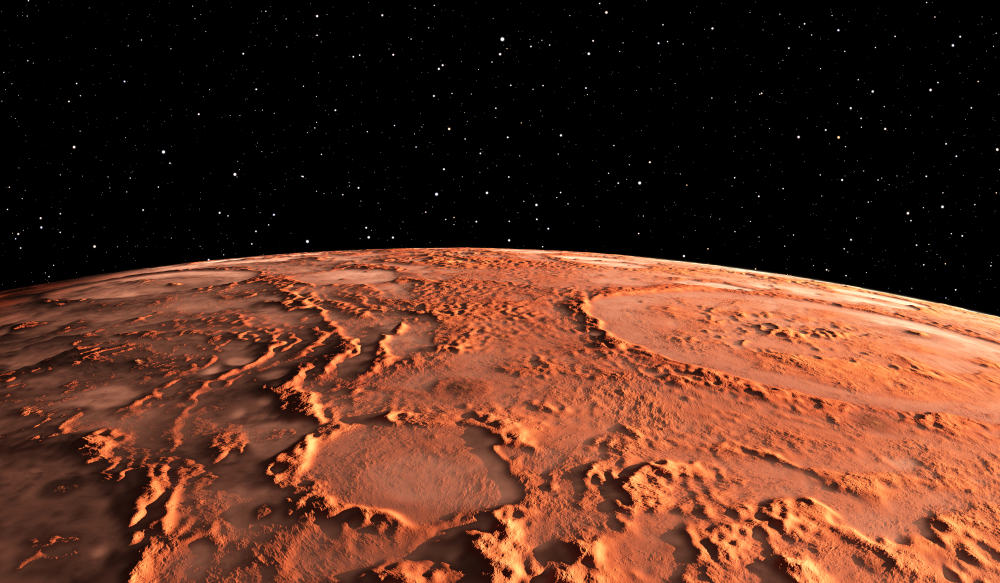
As far as the terrain, Olympus Mons has a relatively gentle slope compared to mountains on Earth. Its large size and gentle gradients mean that, technically, the physical act of climbing it may not be as demanding as the steep ascents of Earth’s highest peaks. The challenge lies less in vertical climbing and more in covering the tremendous horizontal distances involved.
To reach the summit, one would have to hike nearly 200 miles (320 kilometers) and gain at least 72,180 feet (22,000 meters) of elevation in the process.
Mars has a gravitational pull that is just 38% that of Earth’s. The reduced gravity on the Red Planet would fundamentally alter the hiking experience, providing both advantages and disadvantages. You would find your steps lighter and it would be easier to carry weight. So, the strain on muscles and joints would be markedly reduced, allowing for longer distances to be covered with less physical fatigue.

On the flipside, the reduced gravity could affect your sense of balance and coordination. Humans evolved under the Earth’s stronger gravitational forces, and it might be a struggle to adapt. Furthermore, the lower gravity could have long-term health implications, such as muscle atrophy and bone density loss, issues already observed in astronauts after extended periods in microgravity environments.
Finally, let’s not forget how far the planet is. The trip to Mars itself would take about seven months to travel about 300 million miles (480 million kilometers).
How Old is Olympus Mons?
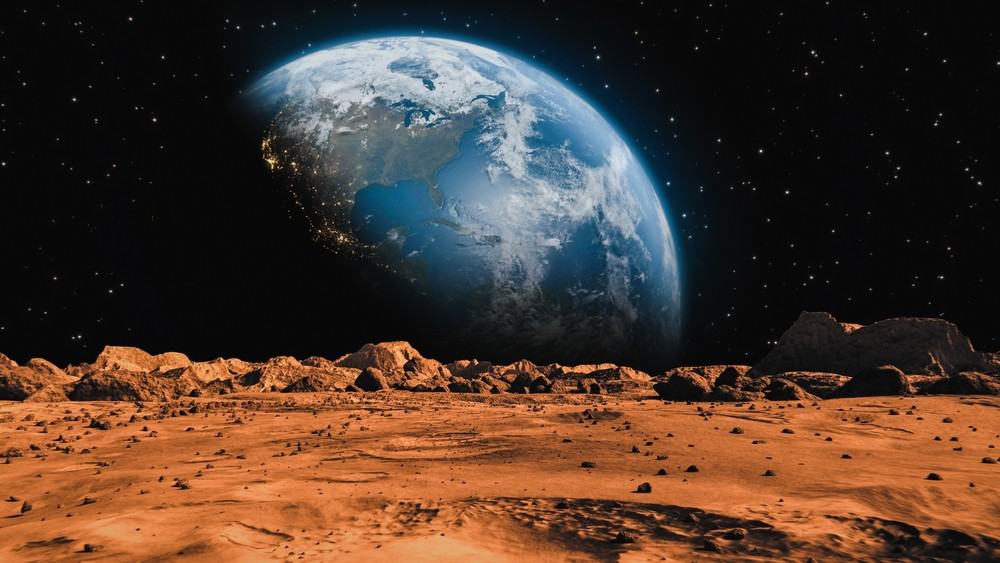
Olympus Mons began forming over 3 billion years ago, during the Hesperian Period of Mars. This period is characterized by intense volcanic activity and the shaping of the Martian surface.
It is believed that the volcano has been active for much of Mars’ history. Some of the youngest lava flows on its slopes appear to be less than 2 million years old, a blink of an eye in geological terms. This suggests that Olympus Mons may have been active relatively recently. It hints at the continued volcanic potential of Mars.
Why is Olympus Mons Significant?
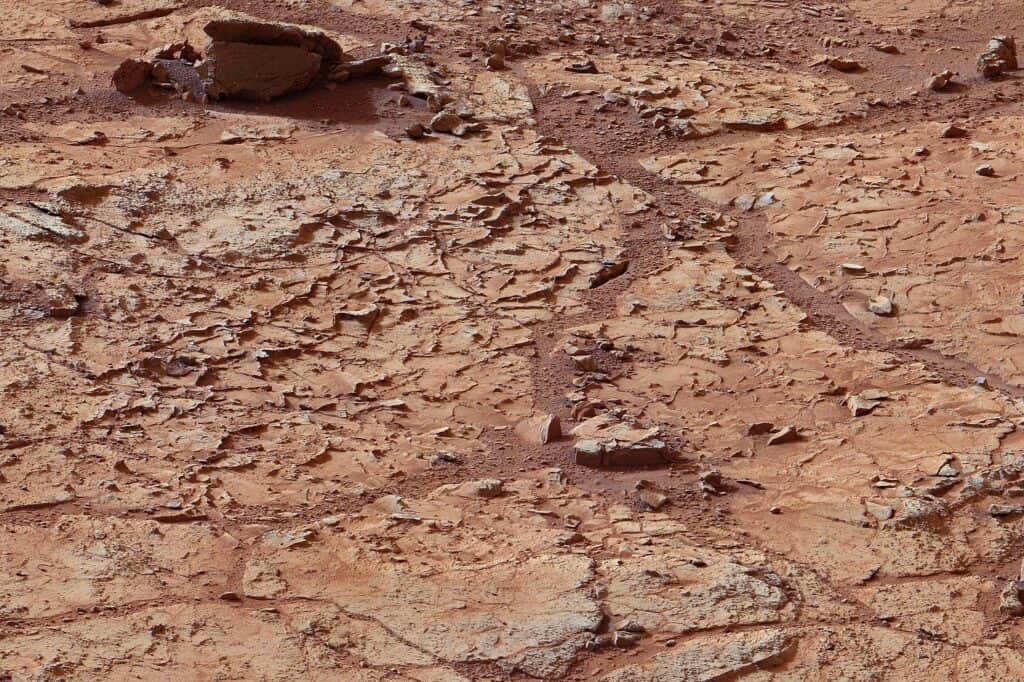
Olympus Mons is important because it sheds light on Mars’ geological past. Its layers of lava and sediment provide a chronological record of the planet’s volcanic activity, offering insights into the Martian mantle’s composition and the planet’s thermal evolution. Moreover, the study of Olympus Mons and other Martian volcanoes contributes to our understanding of the potential for past water flows, as volcanic heat could have melted ice, creating temporary liquid water on Mars’ surface.












































